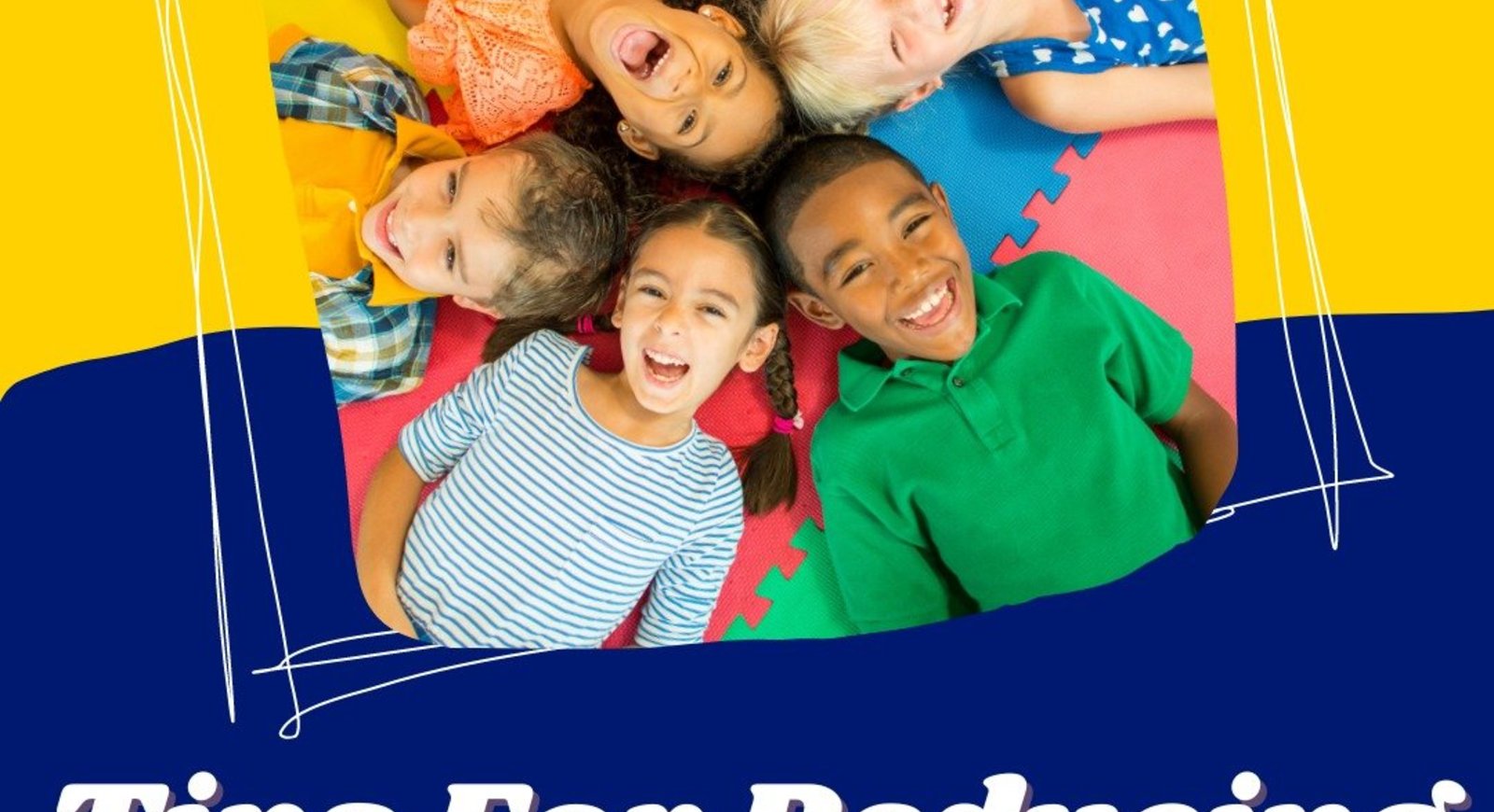 Julie Billiart Schools has helped my child become a better version of himself. The teachers and therapists at JB really know and understand how to reach children who learn differently.
Julie Billiart Schools has helped my child become a better version of himself. The teachers and therapists at JB really know and understand how to reach children who learn differently. 
JB Parent
Campuses
Welcome to Julie Billiart Schools, a family of K-8 coeducational, catholic schools for children with learning and social differences.
OverviewInterested in Enrollment?
Take the Next Step
Wednesday, November 10, 2021
Incorporated into Julie Billiart Schools daily curriculum, The Zones of Regulation™, designed by Leah Kuypers M.A. ED, OTR/L, is used to help students gain skills in the areas of self-regulation of both their physical body and their emotions. The system works best when students understand what triggers each zone and when they are given strategies and tools to help get them back to the green zone. It’s important to understand that everyone, no matter who you are, experiences all of the Zones. As we review the different colored Zones, know that there aren’t “bad” Zones; they are all expected to occur at some point in time. They are intended to help students communicate their feelings and not communicate judgment.
Blue Zone
When students describe themselves as in the Blue Zone, they are describing themselves as not feeling very alert or having low energy. Most commonly their emotions might be: feeling sad, tired, sick, or bored.
Green Zone
This is the ideal state of alertness. When we are reaching for tools and strategies in the other Zones, it’s with the goal to help students reach the Green Zone. Students in this Zone may describe themselves as calm, happy, focused, or content. When they are in this Zone they have a strong sense of control over their physical body and their emotions.
Yellow Zone
Students in the Yellow Zone may be experiencing a sense of stress or frustration by certain tasks or things around them. They could also be feeling excited or silly. It’s important to remember that emotions are a spectrum and these Zones help us to identify how students are feeling.
Red Zone
When students are in the Red Zone, they feel a loss of control. This could be anger, rage, panic, grief, or explosive behavior. When in the Red Zone their alertness is extremely heightened and they don’t have control over their bodies or emotions.

In order to help find the right solution, we must first make sure students are having expected behaviors and appropriate responses to their triggers. We encourage them to think about the size of their reaction relative to the size of their problem. We can do this by showing them a visual and talking with them about the difference between the problems. This practice helps them work through real-life situations on their own, becoming masters of self-regulation.

Depending on how students are feeling, we encourage them to use expected behaviors and strategies. Here are a few tips for each Zone:
Blue Zone
Stretch and move your body
Get a drink of water
Take some deep breaths
Green Zone
Take great notes in class
Help another friend in need
Sit up straight
Yellow Zone
Ask for a break
Squish a stress ball
Hold something soft
Red Zone
Six side of breathing
Talk to someone
Ask for a break

Bulletin Board by JB Westlake 3rd Grade Staff
Having visuals about Zones, tools and strategies, and problem size, in and around the classroom, or even at home can help children self-regulate. You can find more information on The Zones of Regulation™ by Leah Kuypers here: https://zonesofregulation.com/index.html

Encouraging Independence At Home Reinforces Positive Behaviors In School
Feb 16, 2022
Helpful Strategies From Laurel Schneider, Behavior Therapist at JB Akron From very early on at Juli...
Continue Reading
Alumni Spotlight: The Icing on the Cake
May 20, 2021
In the world of Marie O’Brien, a 2014 graduate of Julie Billiart School Lyndhurst, landing her...
Continue Reading
Academic, Social, and Behavioral Tips to Reduce Summer Slide for Children With Learning Differences
Jul 27, 2022
Even though the summer is only about 10 weeks long, many children experience the "Summer Slide," dur...
Continue Reading